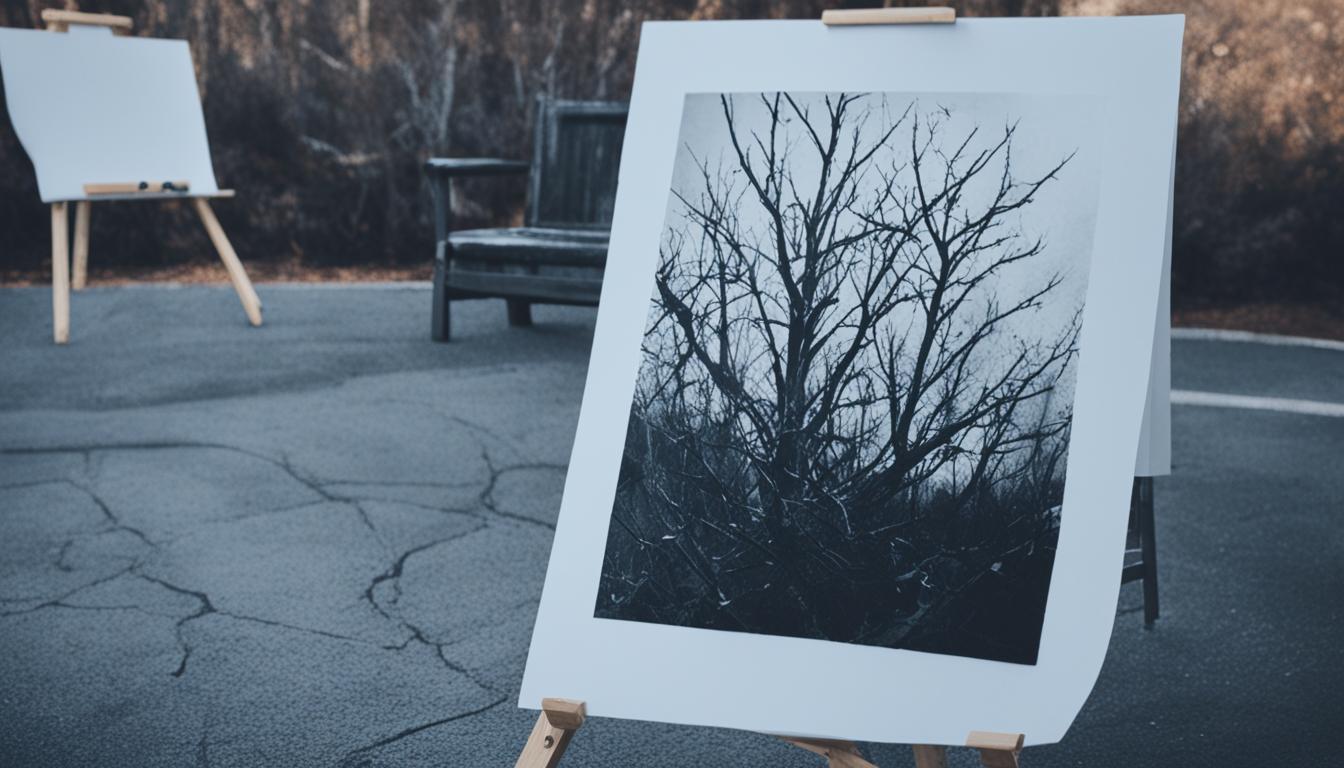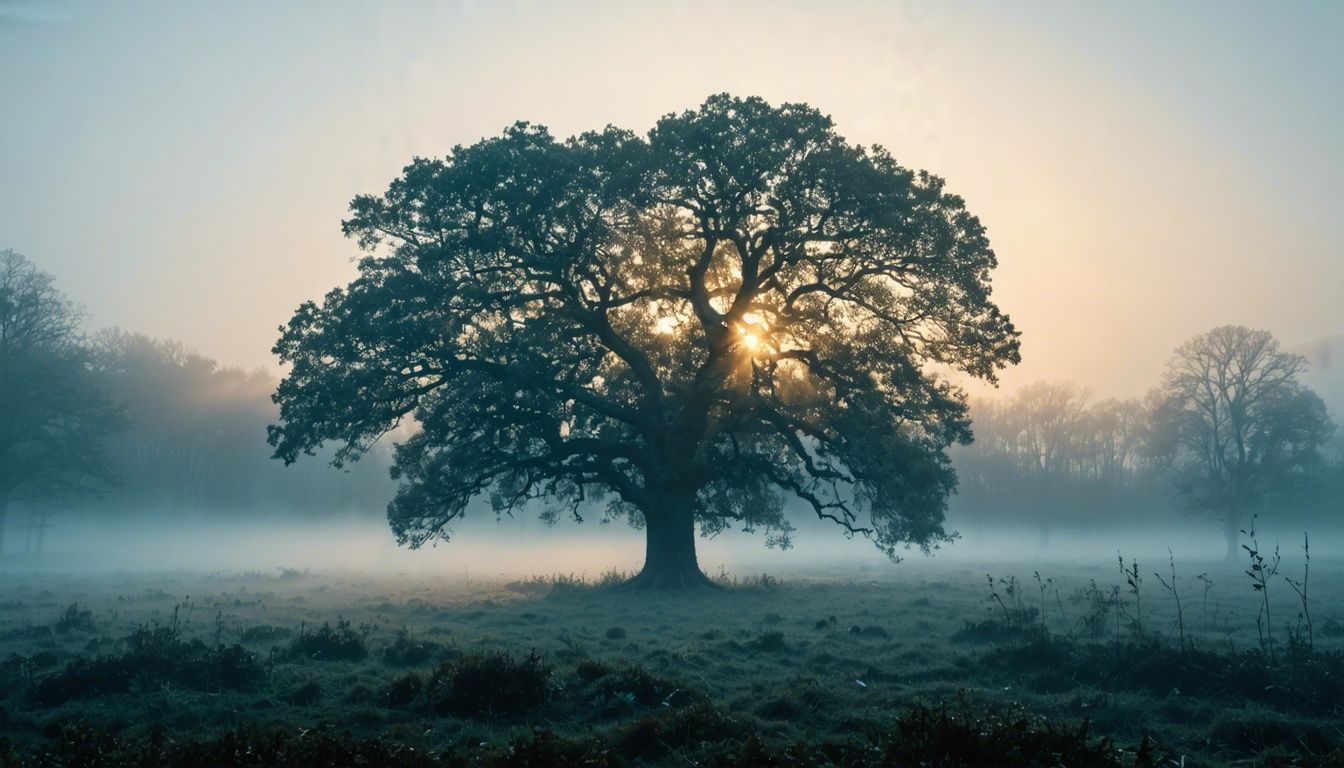Welcome to our article on the importance of critique in fine art photography. At its core, critique serves as a vital catalyst for the growth and development of photographers, allowing them to receive valuable feedback, refine their skills, and expand their creative horizons. In this article, we will delve into the significance of critique in the world of art photography and explore how it can enhance an artist’s journey towards artistic excellence.
Key Takeaways:
- Critique in fine art photography helps photographers receive constructive feedback and push their creative boundaries.
- Through critique, photographers can refine their technical and artistic skills, gain new perspectives, and validate their work.
- The critique process involves evaluating composition, lighting, focus, emotional impact, and overall concept of the photograph.
- Constructive critique should provide specific and actionable feedback, delivered in a respectful and constructive manner.
- By actively participating in critique processes, photographers can enhance their skills, refine their artistic vision, and expand their network within the photography community.
The Photography Critique Process: Best Practices
When engaging in the photography critique process, it is essential to follow certain best practices to ensure effective and meaningful feedback. An in-depth evaluation of the technical aspects, emotional impact, and overall concept of the photograph is crucial in providing a comprehensive critique.
Firstly, let’s examine the technical elements. Assessing the composition, lighting, and focus of the image helps identify areas where improvement or adjustments can be made. Are the objects in the frame well-balanced? Is the lighting enhancing the subject or creating distracting shadows? Is the focus sharp where it needs to be? These factors contribute to the overall quality of the photograph and should be thoroughly evaluated.
However, a good critique goes beyond technicalities and considers the emotional impact and artistic intention behind the photograph. Take the time to understand the message or story the photographer is trying to convey. Does the image evoke the desired emotions and reactions? Is the concept effectively communicated through visual elements? Evaluating these aspects helps provide valuable feedback that enhances the overall artistic experience.
When delivering a critique, it is essential to be specific and actionable. Instead of vague statements like “I don’t like it,” provide detailed insights on what works well and what could be improved. Highlight the strengths of the photograph, such as strong composition or excellent use of color, and provide suggestions for areas that could benefit from refinement, such as adjusting the exposure or experimenting with different angles.
“The best critiques are like roadmaps, guiding photographers towards self-improvement and inspiration.”
Another crucial aspect of effective critique is delivering feedback respectfully and constructively. Remember that the intention is to encourage growth and development, not to discourage or demotivate the photographer. Choose your words carefully, focusing on the strengths and potential rather than solely pointing out flaws. By providing a safe and supportive environment for feedback, you foster a positive learning experience.
Photography Critique Best Practices Checklist:
- Evaluate the technical aspects of the image: composition, lighting, and focus.
- Consider the emotional impact and overall concept of the photograph.
- Provide specific and actionable feedback, focusing on both strengths and areas for improvement.
- Deliver critique in a respectful and constructive manner.
By following these best practices, both the critique provider and the photographer can engage in a thoughtful and productive evaluation process. Constructive feedback encourages growth, allows photographers to refine their skills, and ultimately leads to the development of their unique artistic vision.
| Benefits of Photography Critique Best Practices: | How It Helps Photographers: | |
|---|---|---|
| 1. Growth and Improvement | • Identify areas for improvement | • Develop technical and artistic skills |
| 2. Encourages Experimentation | • Explore new techniques and styles | • Push creative boundaries |
| 3. Validation and Confidence Building | • Receive constructive feedback | • Gain validation for artistic choices |
| 4. Networking and Collaboration | • Connect with peers and professionals | • Foster collaborations and learning opportunities |
| 5. Exposure to New Ideas | • Gain fresh perspectives within the photography community | • Broaden artistic horizons |
Enhancing Photography Skills through Critique
Critique plays a vital role in enhancing photography skills. By receiving feedback from peers, mentors, and professionals, photographers can gain valuable insights into their strengths and weaknesses. It helps them identify areas for improvement and refine their artistic vision. Through critique, photographers can experiment with different techniques and styles, leading to continuous growth and development in their craft.
When photographers receive critique, they open themselves up to a world of learning opportunities. Constructive feedback allows them to see their work through different perspectives and gain new insights. It encourages them to step out of their comfort zones and explore innovative techniques.
One of the benefits of receiving critique is the ability to identify blind spots. Sometimes, photographers may overlook certain aspects of their work that can be improved. Feedback from others helps bring these areas to their attention, enabling them to refine their skills and produce better photographs.
“Receiving critique has been instrumental in my growth as a photographer. It has helped me develop a keen eye for detail and improve my technical skills. The feedback I’ve received from fellow photographers has pushed me to experiment with different styles and techniques, leading to significant improvement in my work.”
Critique also fosters a sense of camaraderie among photographers. It creates a supportive community where individuals can learn from each other’s experiences and collaborate on projects. Through critique sessions, photographers can build networks and establish valuable connections within the industry.
A notable aspect of receiving critique is that it builds resilience. Not all feedback may be positive, and learning to accept and absorb constructive criticism is essential for growth. By embracing critique and using it as a tool for improvement, photographers can cultivate a mindset of continuous learning and refinement.
Overall, critique enhances photography skills by providing valuable feedback, opening up new perspectives, and pushing photographers to explore their creative boundaries. It is an integral part of the photo development process, allowing artists to grow and excel in their craft.

The Benefits of Critique in Fine Art Photography
Feedback and critique are essential for fine art photographers. Constructive criticism helps artists refine their concepts, develop a personal style, and push the boundaries of their creativity. Critique supports artists in building confidence and taking risks in their work. It also provides opportunities for networking, collaboration, and exposure to new ideas and perspectives within the photography community.
When photographers receive feedback on their work, they gain valuable insights that can guide their artistic decisions. Through critique, artists can identify strengths and weaknesses in their compositions, lighting techniques, and storytelling abilities. This feedback acts as a compass, guiding them towards improvement and growth.
“Critique is an invaluable tool for photographers. It allows us to see our work through the eyes of others and gain fresh perspectives. By listening to feedback and staying open to suggestions, we can refine our craft and create more impactful images.” – Karen Johnson, Fine Art Photographer
Critique also plays a significant role in the development of a personal style. By engaging with other photographers and receiving feedback on their portfolio, artists can discover their unique voice and artistic vision. Through constructive criticism, they can refine their techniques and storytelling abilities, resulting in a signature style that sets them apart from others.
One of the greatest benefits of critique in fine art photography is the opportunity to take risks and explore new creative directions. By receiving feedback and validation from a community of photographers, artists gain the confidence to experiment with unconventional techniques, subjects, and concepts. This freedom to take risks encourages growth, innovation, and the exploration of new artistic territories.
Moreover, critique provides photographers with valuable networking opportunities. Engaging in critique sessions, whether online or in person, allows artists to connect with like-minded individuals, mentors, and industry professionals. These connections can lead to collaborations, exhibitions, and mentorship opportunities that further enhance their artistic development.
Lastly, critique exposes photographers to diverse perspectives and ideas within the photography community. By receiving feedback from individuals with different backgrounds and experiences, artists broaden their horizons and expand their creative boundaries. This exposure to varying viewpoints challenges artists to think critically, question their assumptions, and consider alternative approaches to their work.
In conclusion, critique in fine art photography is invaluable for artists seeking growth, refinement, and exposure in their craft. The benefits of feedback and constructive criticism are numerous, including the refinement of artistic concepts, the development of a personal style, the confidence to take risks, networking opportunities, and exposure to diverse perspectives. By actively participating in critique processes and remaining open to feedback, photographers can elevate their work and establish a strong presence in the photography community.
Conclusion
In conclusion, critique plays a significant role in the development of fine art photography. It serves as a catalyst for growth, encouraging photographers to push their creative boundaries and explore new possibilities. Through critique, photographers receive valuable feedback, enabling them to refine their technical skills, strengthen their artistic vision, and enhance their overall practice.
Participating in critique processes not only fosters personal growth but also allows photographers to connect with a vibrant community of fellow artists, mentors, and professionals. It provides an opportunity to exchange ideas, gain different perspectives, and learn from each other’s experiences. By engaging in critique, photographers expand their knowledge, collaborate on projects, and create lasting connections within the dynamic photography industry.
The constructive nature of critique empowers photographers to take risks, experiment with different techniques, and venture into uncharted territories. It is through feedback, both positive and constructive, that they can continually refine their work and find their unique artistic voice. Critique challenges photographers to question their assumptions, explore new approaches, and evolve as artists, leading to the constant evolution and development of fine art photography as an expressive medium.
FAQ
What is the role of critique in the development of fine art photography?
Critique plays a crucial role in the development of fine art photography. It helps artists receive constructive feedback, refine their skills, and push their creative boundaries.
How does the photography critique process work?
The photography critique process involves evaluating the technical aspects of an image, considering the emotional impact and overall concept, and providing specific and actionable feedback in a respectful and constructive manner.
How does critique enhance photography skills?
Critique enhances photography skills by providing valuable insights into strengths and weaknesses, helping photographers identify areas for improvement, and refining their artistic vision.
What are the benefits of critique in fine art photography?
Critique in fine art photography allows artists to refine their concepts, develop a personal style, gain exposure to new ideas, and build confidence in taking risks with their work.
What is the importance of critique in art?
Critique is important in art because it fosters growth, encourages experimentation, pushes artists to refine their skills and artistic vision, and provides opportunities for networking and collaboration within the photography community.
How Does Social Media’s Influence on Fine Art Photography Compare to Critique’s Impact on Its Growth?
The impact of social media on fine art photography trends is undeniable. Platforms like Instagram and Pinterest have provided photographers with a wider audience and greater exposure. While critique plays a significant role in shaping the growth of photography, social media has revolutionized the way photographers share and promote their work.




